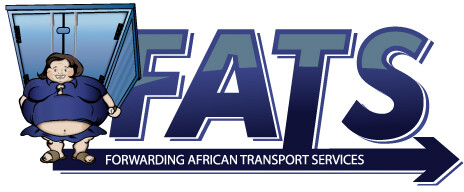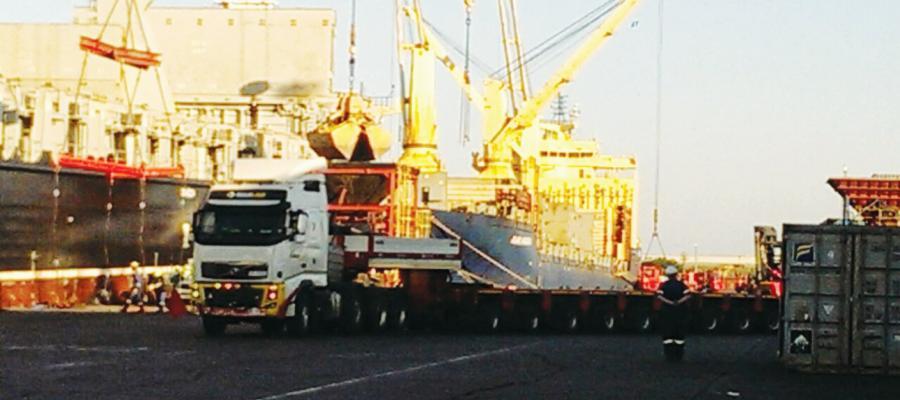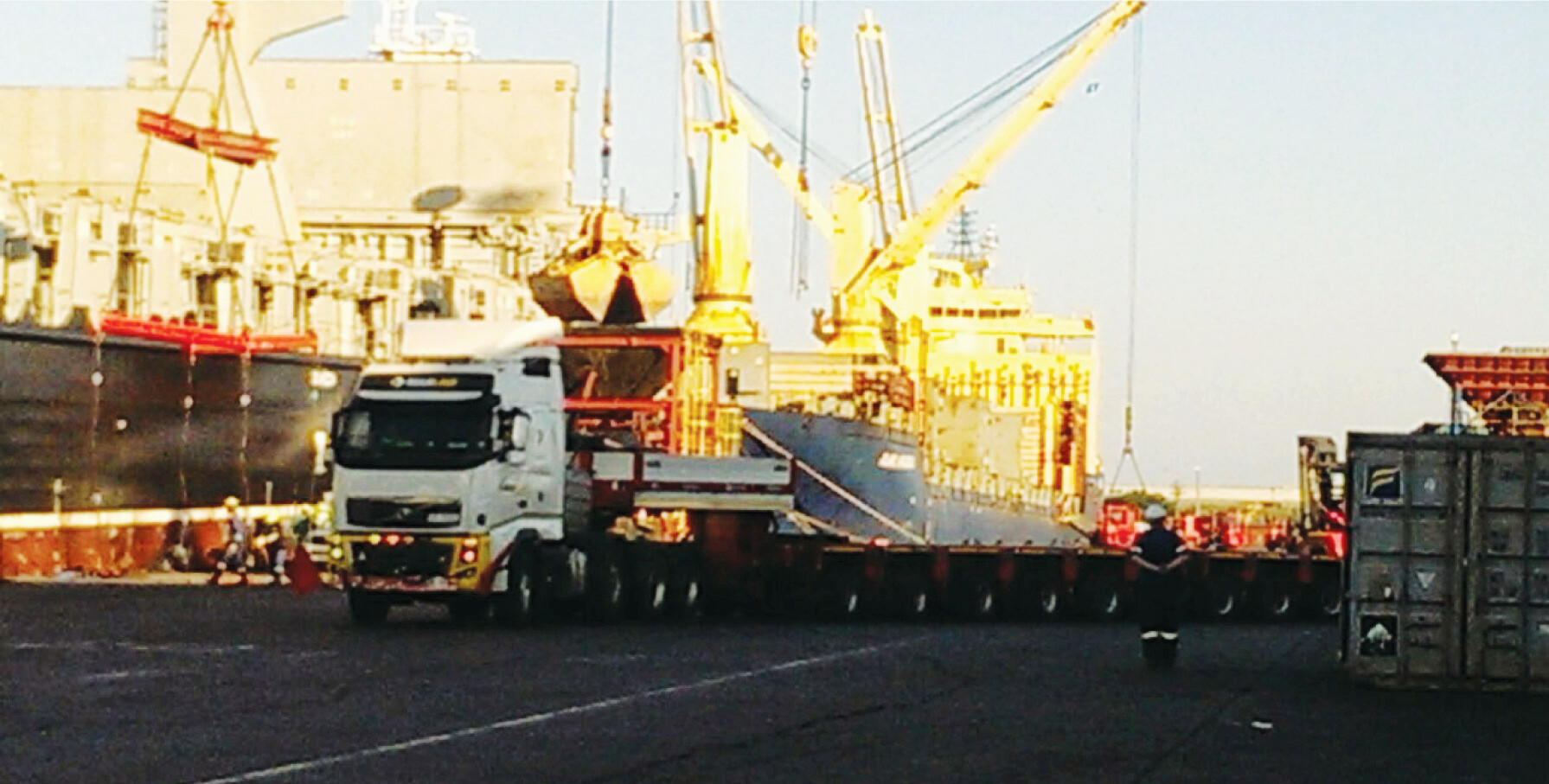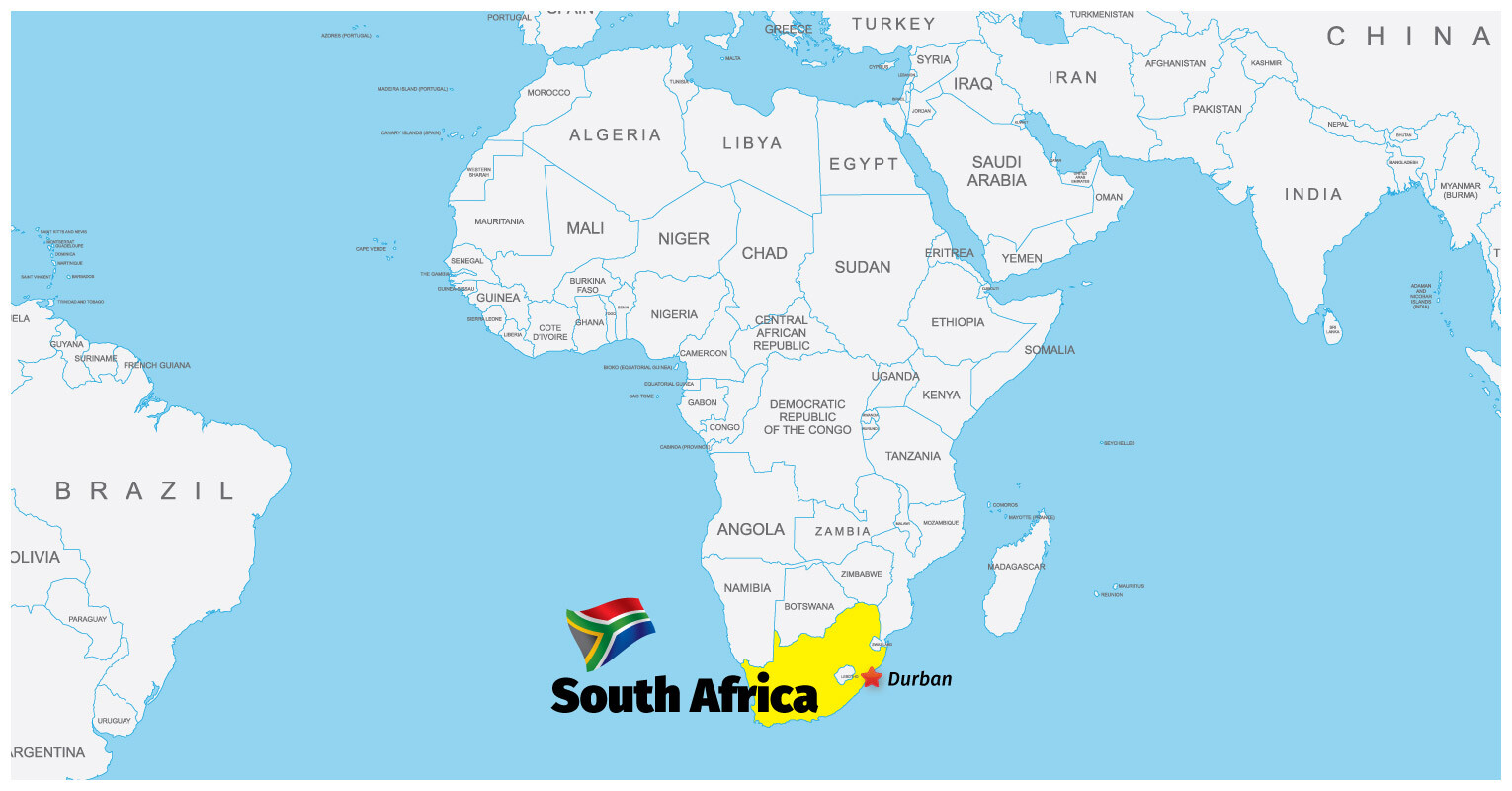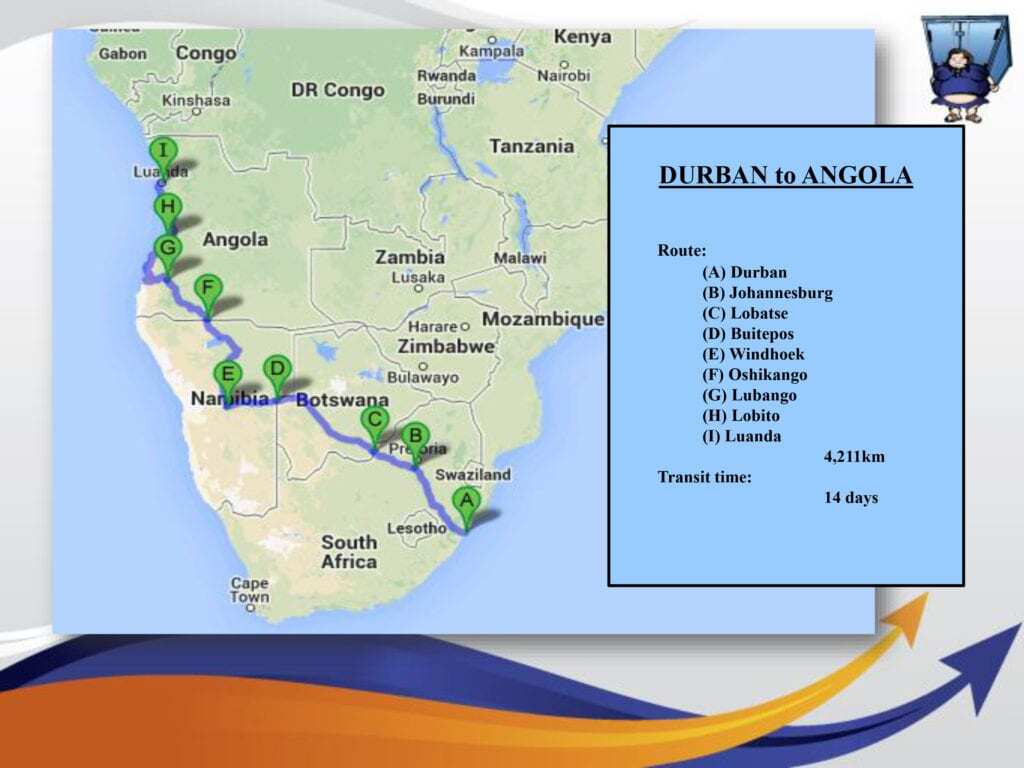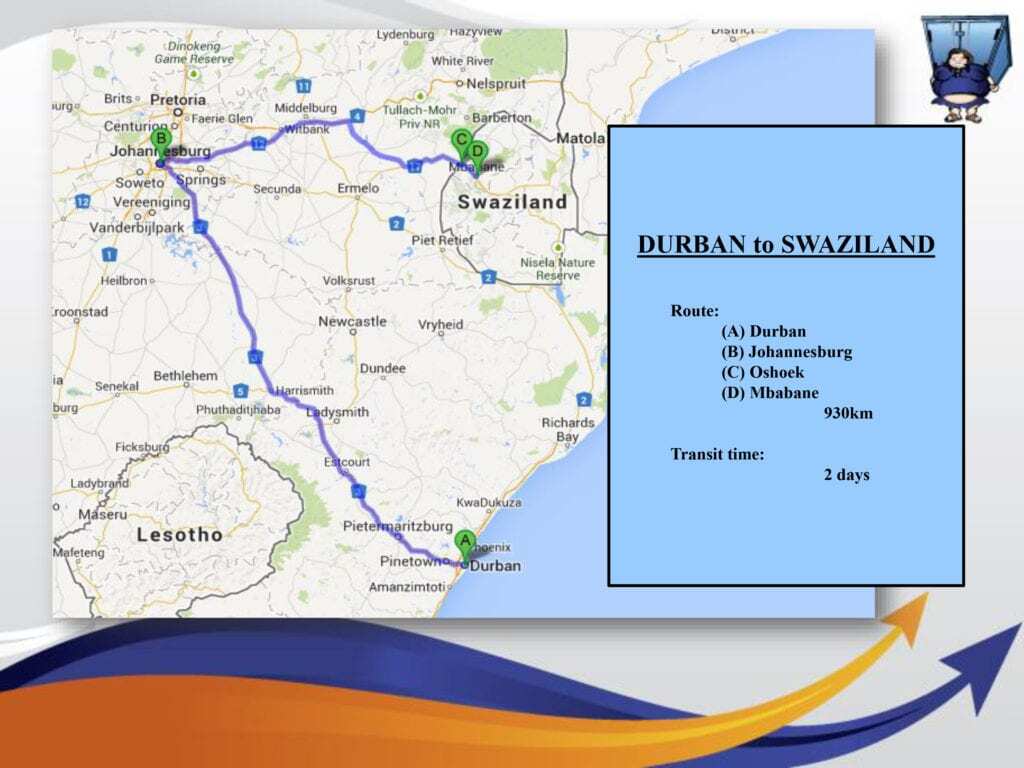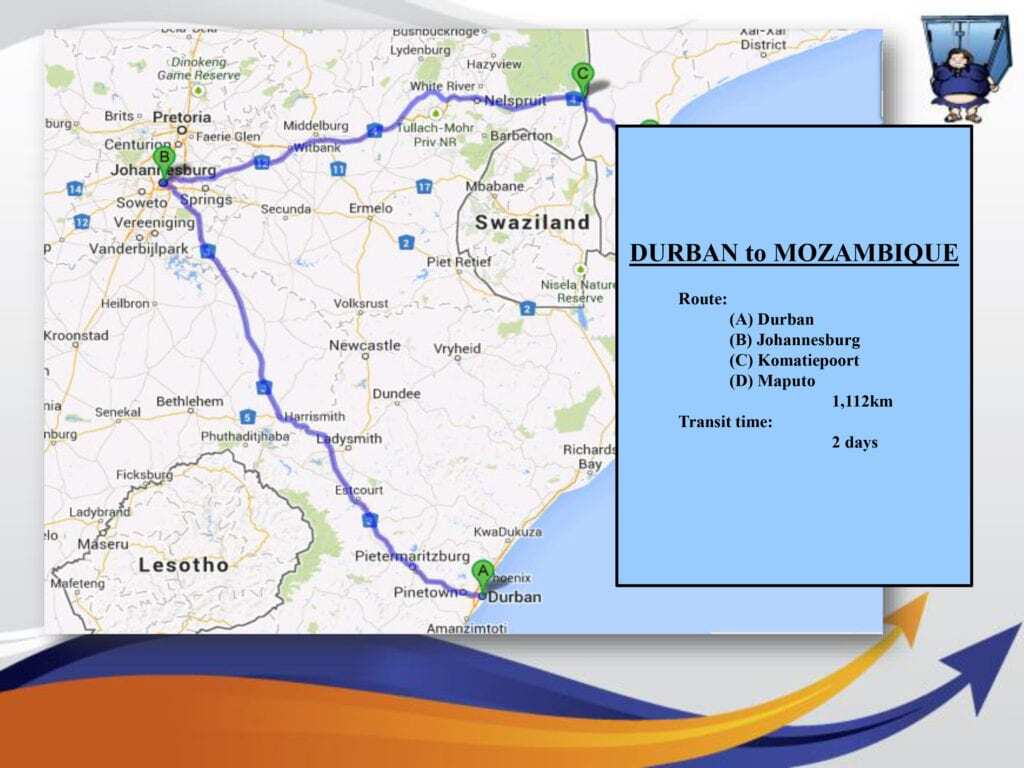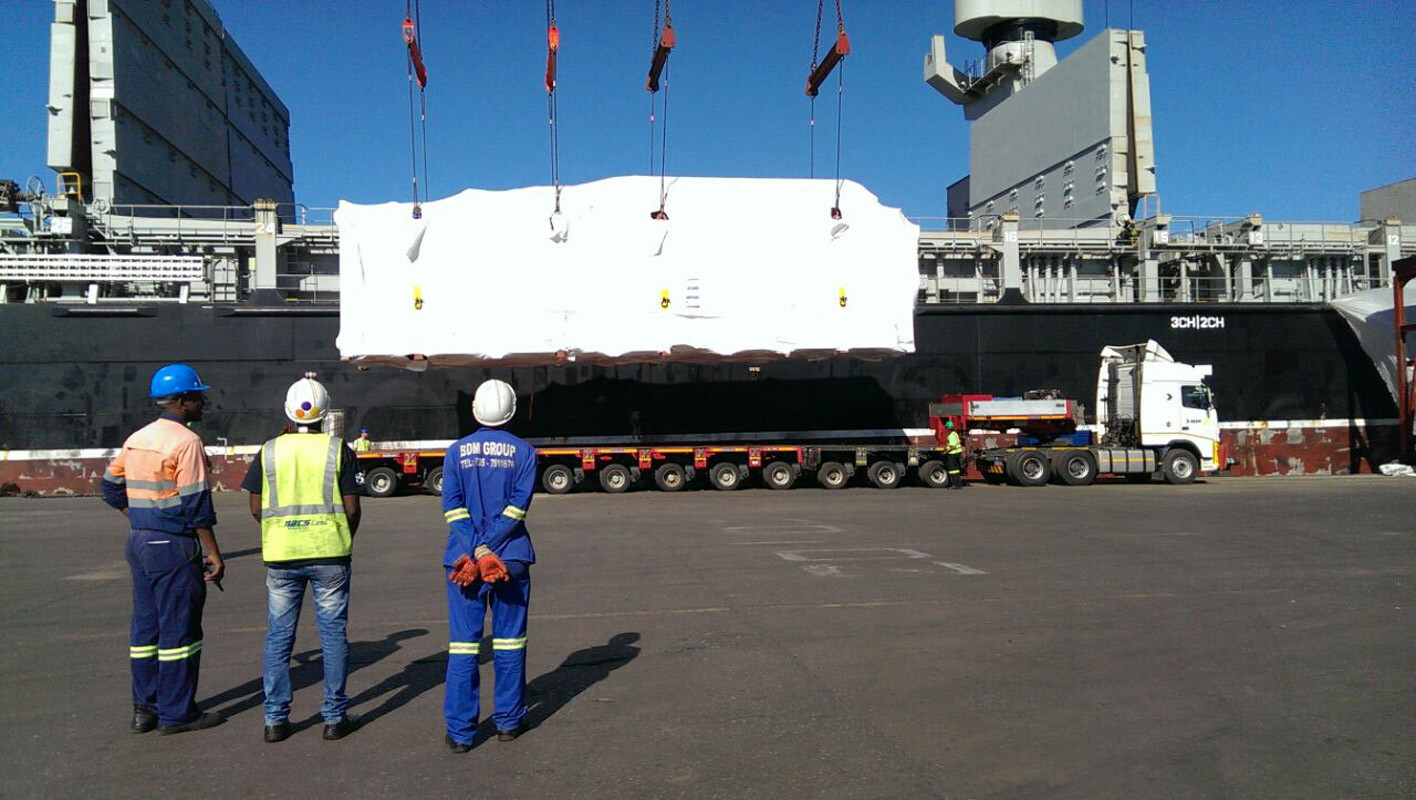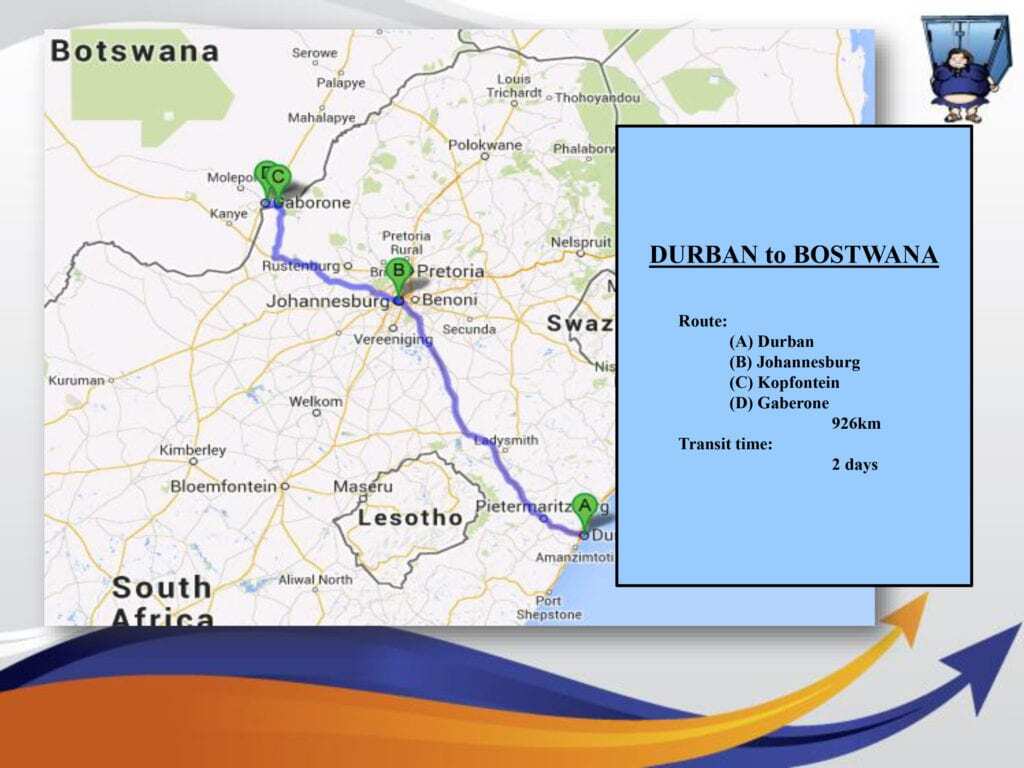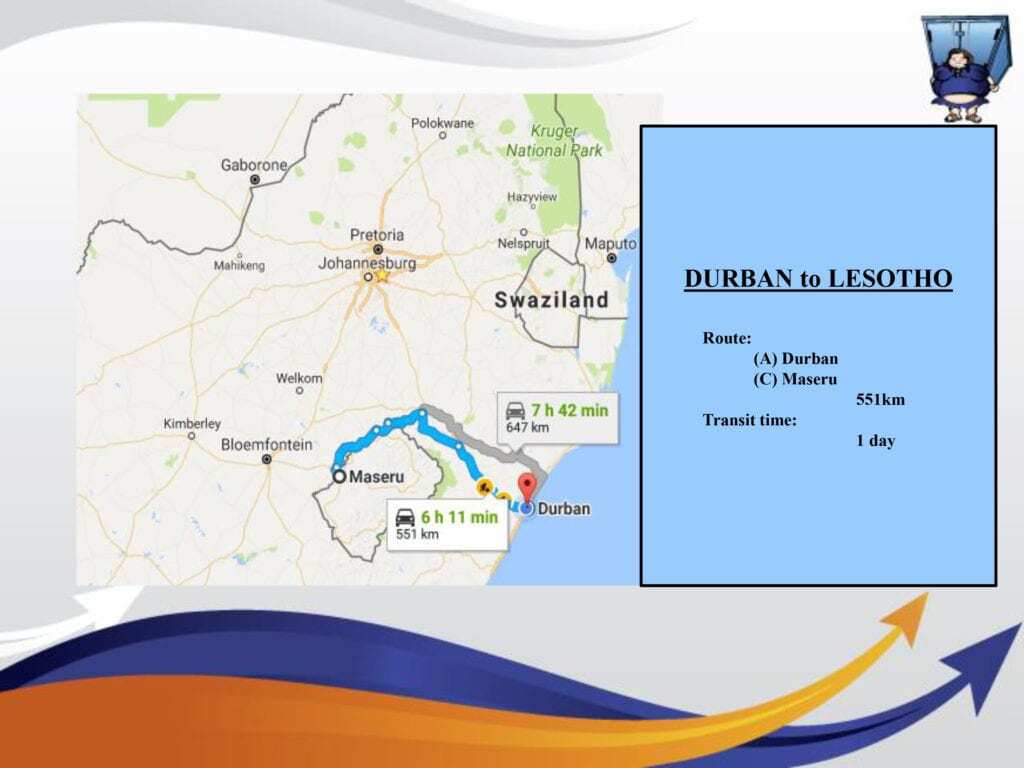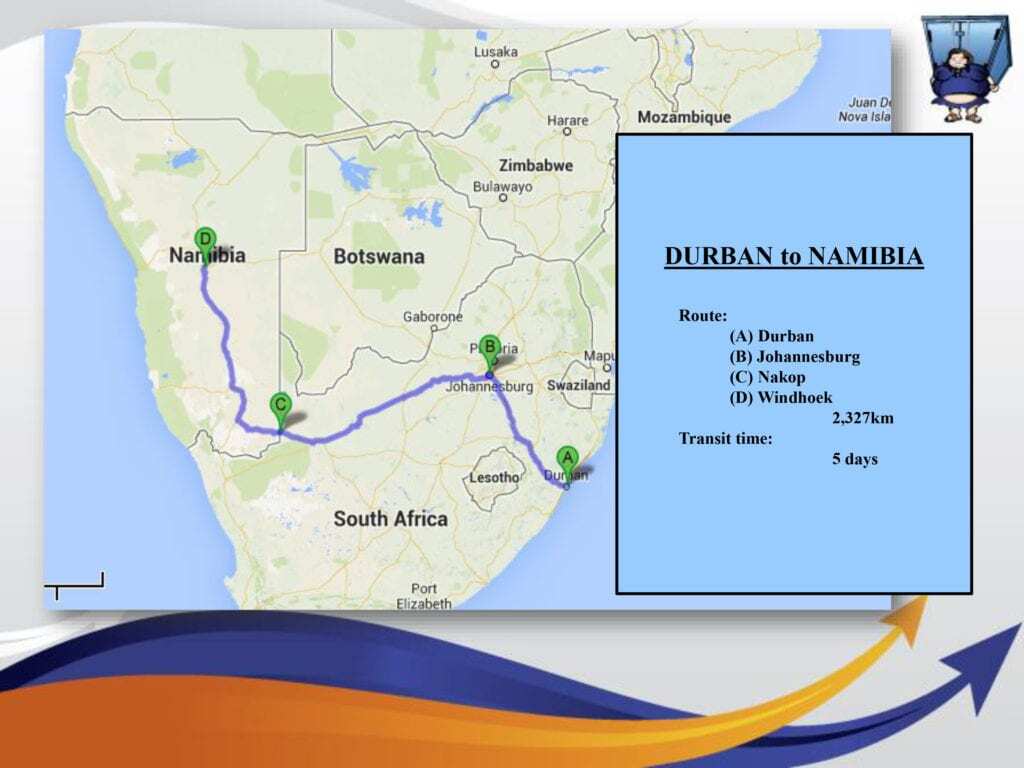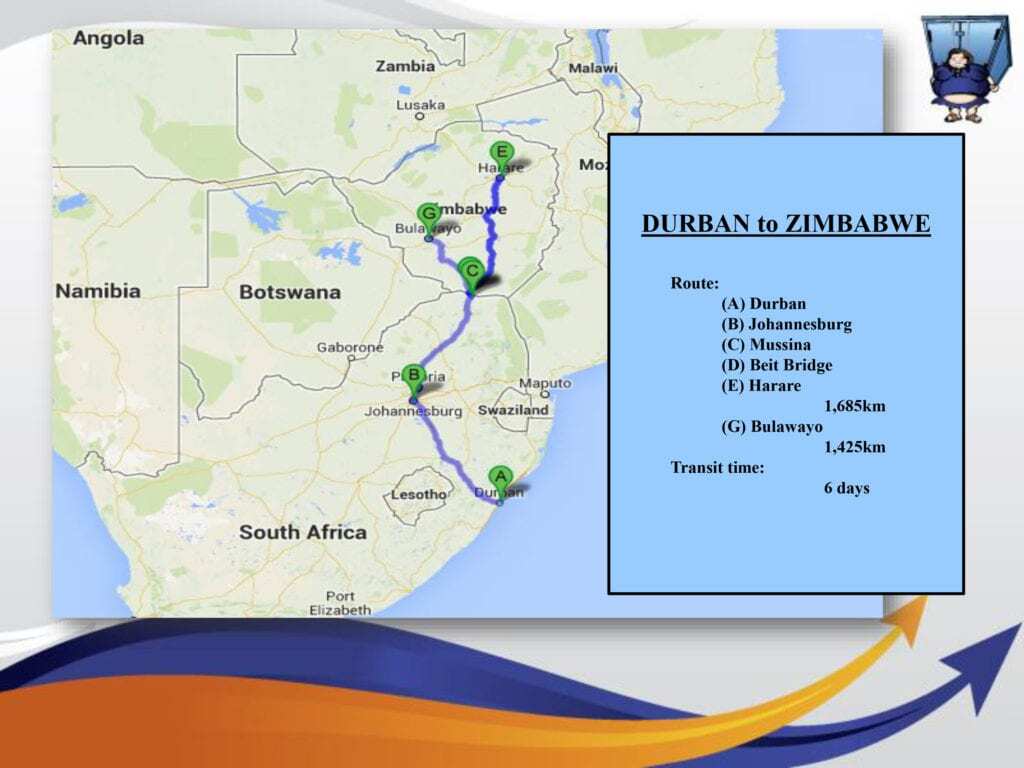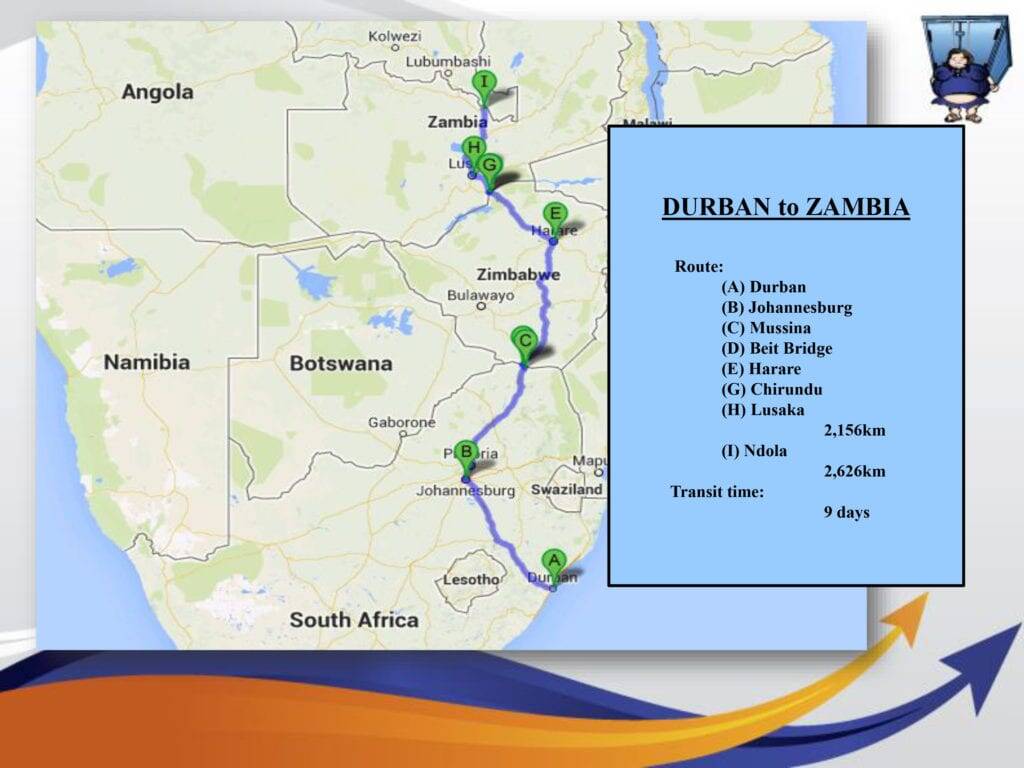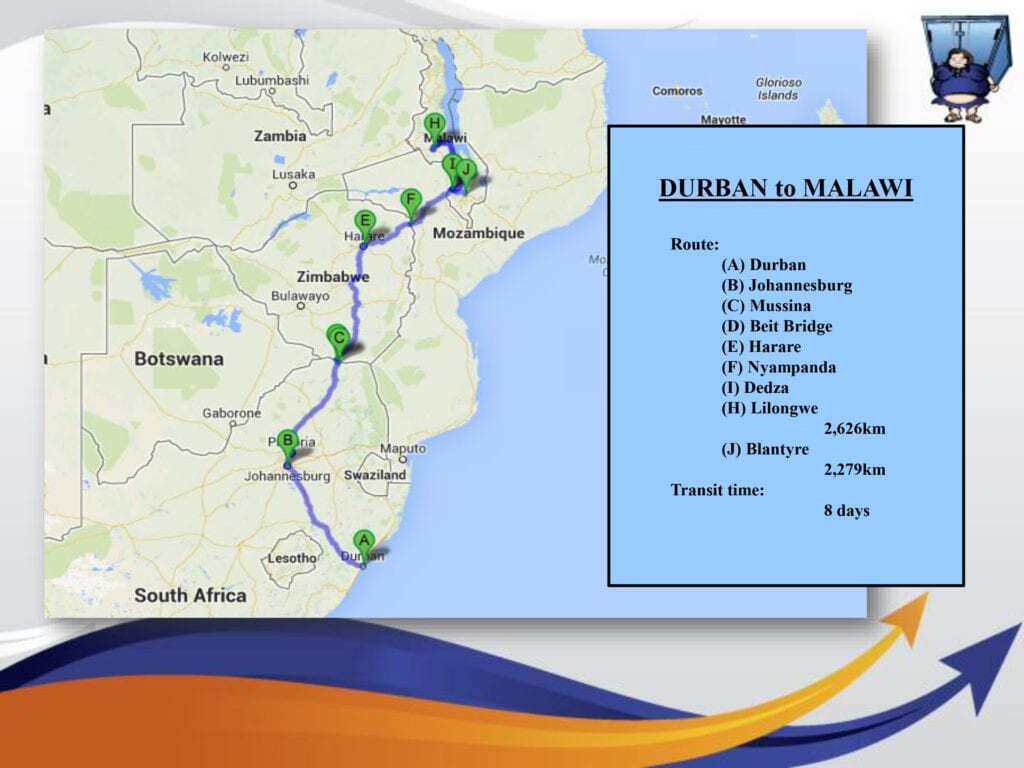Interview with
Mrs. Caron Harris
CEO
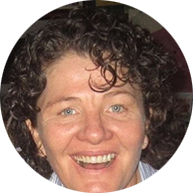
First of all Caron – your logo is certainly distinct and reminds me that things ain’t over til’ the fat lady sings. Tell us the story about your logo and how/why you decided on using this?
Haha, I have never considered our beloved lady that way and I assure you I won’t be singing for you. Actually, when FATS was founded in 1992 by myself and my sister we were two ladies entering a male-dominated industry and we needed a logo that would define us as ladies in the industry. Everybody knows that there is no greater caregiver in life than a mother. So ultimately our logo sets out to invoke the following ideas:
First, we are a female lead organisation.
Second, she’s carrying a container (your cargo) and, as a mother would, she will look after and care for your cargo as only a mother can.
Third, she is a fat (large) lady to tie up with our company name, FATS, and because as we always had the intention of being a dominant force within our industry.
When was your company established and are you the sole owner of the company? What is your headcount and your mainline of business?
FATS was founded in 1992 and I am proud to say is now twenty-six years old, and yes I am the sole owner, CEO and also 1 of the founding members.
Our core business has always been moving cargo into Sub-Saharan Africa by road utilising Durban as “The Gateway Into Africa”. However in an ever evolving industry this is not our exclusive unit of business. We have learnt over the years that in order to grow and further develop it was imperative to adapt our business to incorporate the full spectrum of logistical services. For example we recently were required to air freight cargo into South Africa and then truck it up to Botswana. Ultimately we are able to tailor our services to meet your requirements.
Durban is an important sea and transhipment port in South Africa. Elaborate if you will on the possibilities you have for transhipment to other neighbouring countries and why in fact is it an idea to use Durban?
Durban is a critical port for Project Cargo to numerous of our landlocked neighbours, the Democratic of Congo, Lubumbashi (DRC), Zambia, Zimbabwe, Malawi, Botswana, Swaziland & Lesotho.
Anybody who has any form of experience in our industry knows that delivering cargo on time within agreed budget are two of the most critical factors that come into play. Durban is Africa’s most efficient seaport and this coupled with the first world roads infrastructure of South Africa this ensures one of these criteria “time” are met.
Moving containerized cargo cross-border into Africa with COC adds further obstacles in the supply chain, namely:
Not all carriers allow their containers cross-border and require hefty deposits of up to $6000 to grant permission.
Majority carriers require empties to be returned to Johannesburg, South Africa.
No carriers allow specialized equipment (FR / OT) cross-border
Durban has the infrastructure accompanied by our professional network of service partners to overcome these obstacles by handling this containerized cargo as follows:
Trucking the container “In-Bond” to our nominated bonded warehouse.
Unpacking.
Returning the empty to the carrier.
Loading cargo breakbulk and truck “in-bond” through South Africa to its final destination.
On a recent exercise for containerized cargo (40’HC) from the port of Durban to Lusaka we managed to save our client $1600 per container using this method.
Now throw FATS into the equation, who have been handling cargo into Africa like this for twenty-six years. My team with its vast knowledge and expertise will provide you with an estimate on costs before cargo movement. Yes, there are the occasions when additional charges are incurred over and above our estimate, however, that doesn’t happen often.
So with Durban and FATS, your projects are regularly completed on-time and within budget.
Are there heavylift cranes available in Durban and if so what is the capacity?
Yes Durban has heavylift cranes available with a maximum capacity of 80T. For anything heavier, cargo needs to be routed via Richards Bay.
How about customs clearance in South Africa? Is it troublesome? What about procedures in case of transhipment to other countries? Are there any rules of thumb?
The South African Revenue Authority (SARS) has a state of art online customs EDI system and it works very well and efficiently. You must remember that South Africa is both first and third world in a single country, with SARS operating on a first world customs system here. An important bit of legislation just implemented for all cargo transiting any South African port is the RCG and is under the WCO Data Model and is in an internationally standardised manner (UN/EDIFACT).
The Reporting of Conveyance and Goods (RCG) was implemented to improve cargo and supply chain management compliance. South African Revenue Services (SARS) now requires mandatory electronic submissions at RCG level twenty-four hours before cargo is loaded. With immediate effect, both HBL & MBL are to contain company registration and VAT registration number of both shipper and consignee.
Cargo transiting Durban that’s destined for a cross-border destination transits South Africa via Removal in Transit (RIT) on a road bond facility and through this entry, the RIT is acquitted once cargo exits South Africa through one of the many road border posts. These all forming part of the services undertaken by FATS
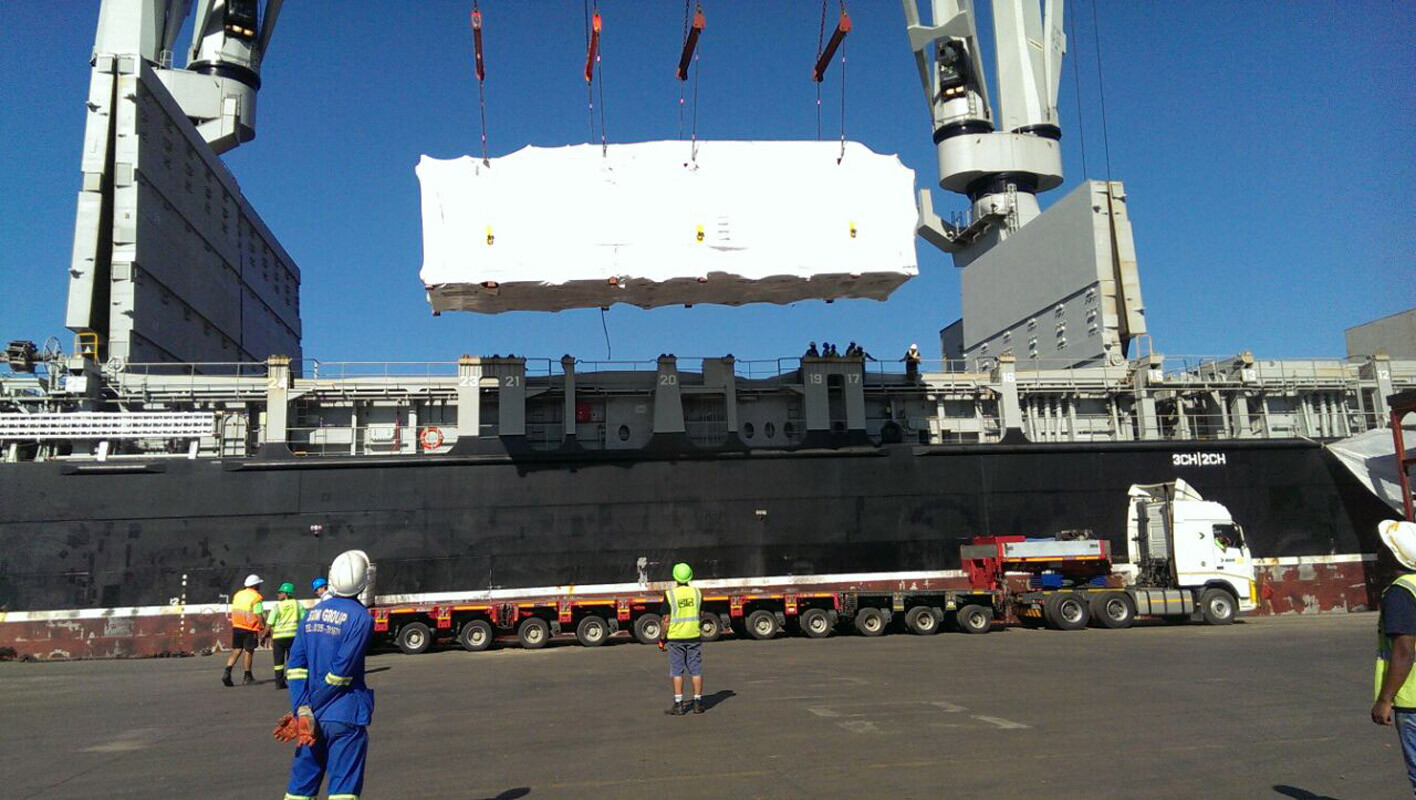
There is no particular rule of thumb other than be proactive, forward all the required documents to us well in advance so we can put all the necessary measures in place before your cargo arriving in Durban.
Commercial Invoice
Packing List
MBL
Consignee name, email address & mobile phone number
Consignee clearing agent name, email address & mobile phone number.
Can you provide us with a few examples of projects you have handled either into/out of South Africa or into/out of neighbouring countries?
Lesotho Highlands Water Scheme project
Zimbabwe & Zambia Roads Infrastructure upgrade development project
Malawi & Zambia Telecommunications Infrastructure upgrade development project
ArcelorMittal – Ex-Richards Bay port to Vereeniging
15.5m x 3.4m x 5.15m x 78T – 2 x Boiler
4.9m x 3.1m x 3.43m x 16T – 2 x Econimisers
Why did you choose a career in freight forwarding and shipping?
I wish I had a good answer to this. Clearly I need my head read!
How to get in touch with you?
Landline – +27313690888
Mobile phone – +27824668256
Email – caron@fats.co.za
